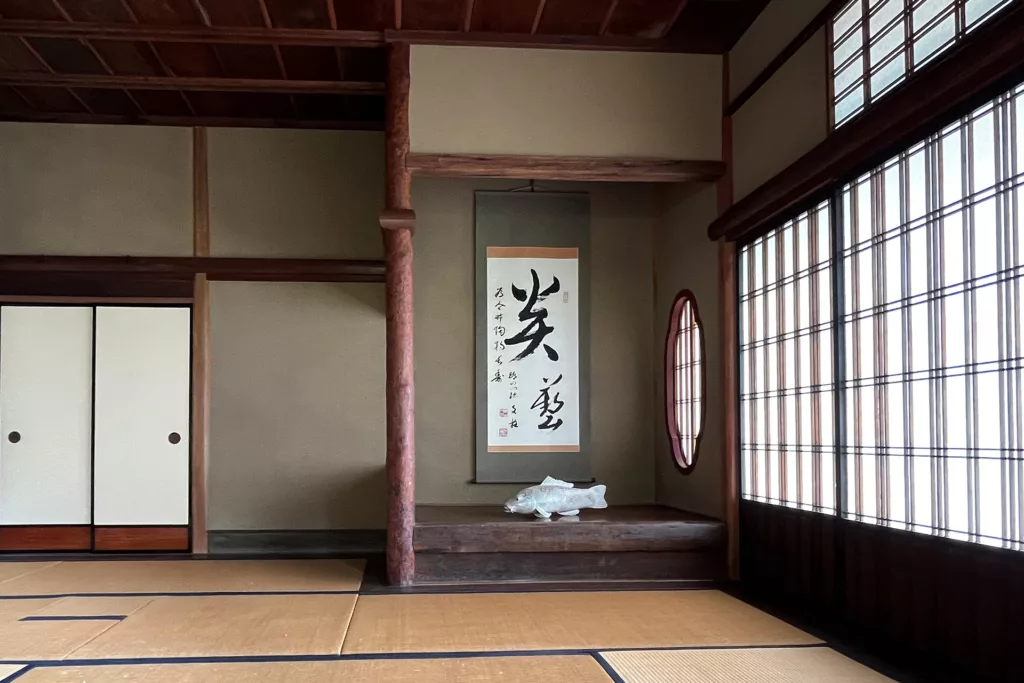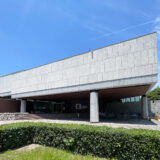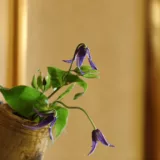When you step into a traditional Japanese room, your eyes may be drawn to a quiet yet powerful architectural feature—the tokonoma. Often translated as “alcove,” this unique element embodies centuries of Japanese art, philosophy, and hospitality.
But what exactly is a tokonoma? And why has it remained such an essential space in Japanese homes, tea rooms, and modern interiors?
Let’s explore the tokonoma’s history, function, and beauty—a true window into the Japanese soul.

What Is a Tokonoma?
A tokonoma is a recessed space typically found in the main reception room of a traditional Japanese home. It’s not used for storage or daily activities. Instead, it’s a space for displaying seasonal art objects, such as a hanging scroll (kakemono), a flower arrangement (ikebana), or an incense burner (kōro).
The items shown are chosen carefully based on the season, the occasion, and even the social status of the guest. More than decoration, these displays offer a moment of quiet reflection and a gesture of respect.
However, as time progressed, the tokonoma’s function evolved into a general display area for art and decorative items. Particularly with the growth of the tea ceremony culture, the tokonoma became a platform to express its spirituality and aesthetics, with the items displayed changing according to the season or the status of the gathering. The choice of a particular item to be displayed is determined by the time or event, which involves deep consideration and respect.

From Sacred Origins to Everyday Elegance
The origins of the tokonoma date back to the Muromachi period (14th–16th century), when Zen Buddhism heavily influenced Japanese culture. Early tokonoma spaces were used to house Buddhist images and sacred texts. Over time, they evolved into a secular yet spiritual display area—especially with the rise of the tea ceremony.
Tea masters like Sen no Rikyū emphasized the tokonoma as a place of refined simplicity. The practice of displaying one scroll and one flower arrangement became a hallmark of wabi-sabi, the aesthetic of imperfection, transience, and humility.

The Tokonoma in Japanese Architecture and Hospitality
In traditional Japanese architecture, the tokonoma is the room’s central feature. It is considered polite to sit facing the tokonoma, and the single flower or line of calligraphy displayed there quietly conveys a warm welcome.
At first glance, the space may seem simple, but it is a concentrated expression of outstanding craftsmanship, including carefully selected wood and plastering techniques. The decoration and choice of materials for the tokonoma often reveal the owner’s education, hobbies, and wealth.
Relevance Today
Although modern Japanese homes may not always include a tokonoma, the spirit behind it lives on in contemporary interior design. Minimalist display shelves, seasonal floral arrangements, or even digital photo frames placed thoughtfully in a room can echo the tokonoma’s quiet grace.
For international audiences, the tokonoma offers insight into how space and beauty function in Japanese life. It isn’t merely about decoration—intention, presence, and the quiet communication of care.
Final Thoughts
The tokonoma is more than just an architectural feature—an invitation to pause. Whether sipping tea in a Kyoto machiya or visiting a Japanese-style inn, a tokonoma reminds us that a single flower and a simple scroll can speak volumes.
Sources:
- Itoh, Teiji. The Traditional Japanese House. Kodansha International, 1972.
- Nishi, Kazuo & Hozumi, Kazuo. What is Japanese Architecture?. Kodansha, 1985.
- Graham, Patricia J. Japanese Design: Art, Aesthetics & Culture. Tuttle, 2014.
- Japan Architecture & Art Net Users System (JAANUS): https://www.aisf.or.jp/~jaanus/
Revised on April 15, 2025




